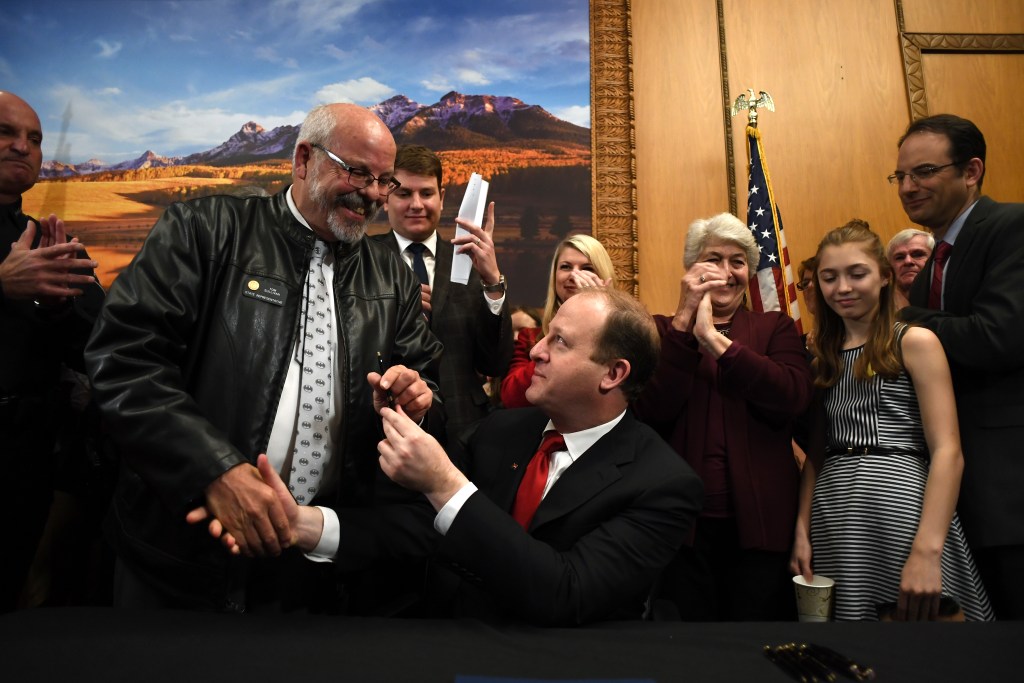In the aftermath of the deadly mass shooting at the Aurora movie theater in 2012, Colorado has enacted a series of significant gun laws aimed at enhancing public safety. Over the past decade, lawmakers have introduced numerous regulations, particularly in the last five legislative sessions, reflecting a response to escalating gun violence across the United States.
A timeline of key legislative events outlines the evolution of these laws, beginning with the tragic shooting on July 20, 2012, when a gunman killed 12 people and injured 70 others at the Aurora theater. This incident, along with subsequent mass shootings, catalyzed statewide discussions on firearm regulation.
Major Legislative Milestones
Following the Aurora shooting, the nation witnessed other tragic events, including the Sandy Hook Elementary School shooting on December 14, 2012, which claimed the lives of 20 children and six educators. These incidents prompted Colorado’s then-Governor John Hickenlooper to sign three pivotal gun laws in March 2013. These laws included a 15-round limit on firearm magazines, a universal background check requirement for all gun purchases, and a new fee imposed on buyers to support background checks.
In a surprising political shift, two Democratic state senators who supported these measures were recalled by voters on September 10, 2013, highlighting the contentious nature of gun legislation. Following this, Republicans regained control of the state Senate in November 2014, holding power until 2018.
Despite these political changes, a series of mass shootings across the United States continued to keep gun laws in the spotlight. Notably, the Pulse nightclub shooting in Orlando on June 12, 2016, and the Las Vegas concert shooting on October 1, 2017, raised further calls for reform. The tragedy at Marjory Stoneman Douglas High School in Parkland, Florida, on February 14, 2018, which resulted in 17 deaths, intensified the national conversation on gun control.
In November 2018, Colorado Democrats regained control of both legislative chambers, setting the stage for new reforms. Governor Jared Polis signed the extreme risk protection order bill into law on April 12, 2019. This “red-flag law” allows judges to temporarily confiscate firearms from individuals deemed a threat to themselves or others.
Response to Recent Incidents
The tragic shooting at a King Soopers grocery store in Boulder on March 22, 2021, where ten people lost their lives, prompted Colorado lawmakers to take immediate action. During the 2021 legislative session, five new gun laws were passed. These included requirements for firearm storage, expanded background checks, and the establishment of the Office of Gun Violence Prevention, among others.
The violence continued with a shooting at a birthday party in Colorado Springs on May 9, 2021, which left six individuals dead. In response, lawmakers in 2022 passed legislation banning open carrying of firearms within 100 feet of polling places, further tightening restrictions aimed at enhancing public safety.
Tragically, the Club Q shooting on November 19, 2022, where five individuals were killed and 22 others injured, highlighted ongoing concerns regarding gun violence in the state. The 2023 legislative session saw the passage of four new laws aimed at further regulating firearm purchases and ownership. These included a three-day waiting period to buy firearms, raising the minimum age for purchase to 21, and banning the sale of unserialized firearms, commonly known as ghost guns.
As Colorado prepares for the 2024 legislative session, additional measures have been proposed, including new training requirements for concealed-carry permits and enhanced licensing for firearm dealers. Lawmakers continue to address the complex and often contentious issue of gun control in the state, reflecting a broader national debate on public safety and individual rights.
Over the past decade, Colorado has seen significant changes in its approach to gun laws, driven by tragic events and evolving public sentiment. As legislators navigate these challenges, the impact of their decisions on community safety remains a critical focus.
